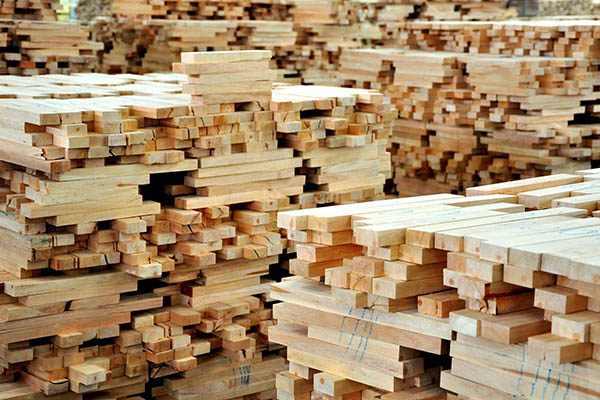In this article, we will take a closer look at the quality and price of rubberwood in Southeast Asian countries, including Malaysia, Indonesia and Vietnam. The article will provide detailed information on the characteristics of rubberwood from each country and analyze the differences in prices on the international market.
This is the second in a series of articles comparing the quality and price of popular wood species in Southeast Asia. This series is designed to give you a comprehensive overview of different species, from acacia to teak to palisade, to help you choose the wood that best suits your needs. Explore other articles in the series to learn more about the species you are interested in.
- Compare the quality and price of Acacia wood from Southeast Asian
- Compare the quality and price of Teak wood from Southeast Asian
- Compare the quality and price of Basswood from Southeast Asian
- Compare the quality and price of Rosewood from Southeast Asian
Comparison of rubber wood quality in Southeast Asian countries
Quality of Malaysian Rubberwood
Malaysian rubberwood is highly regarded for its durability and quality, thanks to advanced management and processing. Many rubber plantations are certified as sustainable by international organizations such as PEFC and FSC.
Malaysian rubberwood is widely used in the production of furniture, plywood and industrial wood products. Many products are exported to the USA, Europe and Japan.
Quality of Indonesian Rubberwood
Indonesian rubberwood is of good quality, but sometimes inconsistent due to limited forest management and processing technology in some regions. Indonesia is also working to achieve sustainability certification to increase export value.
Indonesian rubberwood is mainly used for furniture, plywood and construction. Indonesia is a major exporter with major markets including China, Japan and South Korea.
Vietnam Rubberwood Quality
Vietnamese rubberwood is of good quality and treated to prevent termites and other problems. Vietnam has obtained many international certifications such as ISO, and FSC, which help to enhance the reputation and value of its products in the international market.
Vietnam rubber wood is mainly used in the production of furniture and plywood. Vietnam exports many rubber wood products to international markets including China, the USA and Europe.

Compare Rubber Wood prices in Southeast Asian countries
Raw Rubberwood Prices
- Vietnam: $50 – $60 per cubic meter
- Indonesia: $45 – $55 per cubic meter
- Malaysia: $45 – $55 per cubic meter
Prices of Rubberwood Products
Vietnam
- Living Room Furniture: $200 – $1,500 per set
- Bedroom Furniture: $700 – $3,500 per set
- Kitchen Furniture: $500 – $2,500 per set
- Wooden Chairs: $50 – $150 per piece
- Flooring: $15 – $25 per square meter
Indonesia
- Living Room Furniture: $300 – $2,000 per set
- Bedroom Furniture: $700 – $4,000 per set
- Kitchen Furniture: $500 – $3,000 per set
- Wooden Chairs: $50 – $200 per piece
- Flooring: $15 – $25 per square meter
Malaysia
- Living Room Furniture: $300 – $2,000 per set
- Bedroom Furniture: $700 – $4,000 per set
- Kitchen Furniture: $500 – $3,000 per set
- Wooden Chairs: $50 – $200 per piece
Flooring: $20 – $30 per square meter

Conclusion
When comparing the quality of rubber wood among Southeast Asian countries, it can be seen that each country has its own advantages. Malaysian rubber wood stands out for its high quality and sustainable management, thanks to advanced processing and international certifications. Indonesian rubber wood, although uneven in quality in some areas, is maintaining its position in the export market thanks to efforts to improve management and achieve sustainability certification. Vietnamese rubber wood, with good quality and many international certifications, is also a reliable choice for manufacturers and exporters.
In terms of price, rubber wood from these countries has relatively competitive prices, creating favourable conditions for companies to choose the right source for their needs. The decision to choose a rubber wood supply source should be based on factors such as quality, sustainability certification and price to ensure it is suitable for long-term business strategies.
See more articles: Tips for Choosing the Right Wood for Your Demand


